During the past 21 years or so I have been privileged to have had the opportunity to training with many different training groups both locally and international. Usually these are great experiences but every so often there are situations caused by riders not familiar with general group riding etiquette let alone the “code of conduct” of that particular group.
Whether you are a road cyclist, mountain biker, triathlete or a track rider, at some stage you will and SHOULD be doing group rides.
The group dynamics are interesting and ever changing. As the pace and terrain changes the pack stretches and compresses like a rubber band. You have to remain alert at all times as this rubber band effect of a group can cause some very tight quarters and even the occasional crash…
To be safe, its important to ride smoothly, don’t over react, avoid hard braking, be alert and anticipate what the traffic will do.
Inexperienced riders who panic or touch a wheel may crash or cause a crash; however by following these simple rules you can help to avoid these situations:
When riding in a group it's important that the group acts as “one” so that other road users are not surprised by an unexpected move by one or two riders.
The leader(s) of the group will usually announce that the ride is starting and move off slowly. The other riders will fall in behind and take up position two abreast. As all riders fall into position the speed should slowly increase.
Whether you are a road cyclist, mountain biker, triathlete or a track rider, at some stage you will and SHOULD be doing group rides.
The group dynamics are interesting and ever changing. As the pace and terrain changes the pack stretches and compresses like a rubber band. You have to remain alert at all times as this rubber band effect of a group can cause some very tight quarters and even the occasional crash…
To be safe, its important to ride smoothly, don’t over react, avoid hard braking, be alert and anticipate what the traffic will do.
Inexperienced riders who panic or touch a wheel may crash or cause a crash; however by following these simple rules you can help to avoid these situations:
- Stay alert at all times
- Hold your line
- Don't overlap wheels
- Don't look back
- Relax
- Focus on the rider(s) ahead
- Beware of potholes in the road
- Don't brake unless absolutely necessary
- Pass carefully
- Always move through the pace-line at a steady pace and make sure you are clear of the front rider before moving across
When riding in a group it's important that the group acts as “one” so that other road users are not surprised by an unexpected move by one or two riders.
The leader(s) of the group will usually announce that the ride is starting and move off slowly. The other riders will fall in behind and take up position two abreast. As all riders fall into position the speed should slowly increase.
| Ride side-by-side with your wheel level to that of your neighbour. Try not to pull ahead (known as “half-wheeling”). Follow the rider in front, but with a slight offset to provide extra braking distance in case of emergency. Don't make sudden changes in speed or direction without warning the riders behind you. Always keep your hands on the handle bars and near the brakes so that you can react in time should you have to. Traffic and road conditions dictate when to ride single file. If motorists are struggling to overtake the bunch due to heavy or continuous traffic in the opposite direction, the group leader will decide whether to change to single file. The key factor is the width of the road. It may be safer to hold up the traffic if there is insufficient space for traffic to pass comfortably as riding single file may not benefit either cyclist or motorist – it doubles the length of the group and this could make passing more dangerous as a result of poor line of sight. Although its important to try to accommodate the needs of other road users, rider safety must NEVER be compromised purely for the convenience of motorists. When single file is called, the inside riders put a bike length between them and the bikes in front. The outside riders then move ahead of the rider to their left. As soon as the heavy traffic or congested road has passed, the riders should revert back to riding two abreast. | |
The lead riders should rotate off the front frequently to avoid fatigue. If you are tired, rotate through the front quickly. If you are feeling comfortable on the front, spend a little longer on the front rather than riding faster, but do remember your partner. The group rotates anti-clockwise when the outside lead rider accelerates to move up and across in front of the inside rider. The outside riders all move forward one place while the inside riders move back a place. The inside rear rider moves over to become the tail rider.
The lead riders call out hazards such as bumps, gravel, potholes, road kill (etc) and point out the position of the hazard so that the following riders know on which side to pass. This information is passed on down the line to ensure that everyone is aware of what hazards are ahead.
When riding uphill, its best to adjust your speed to that of the slowest rider to maintain formation. If the formation breaks up on longer hills, riders should stop at the top to allow the group to re-form. Don't leave slower riders behind as they will not catch up and their safety may then be at risk.
The tail rider must indicate when there is a car behind the group. If it's dangerous to overtake he should attempt to delay the car until the front rider indicates that its safe to overtake.
When approaching a single rider or a slower group from behind, check that the way is clear then pass allowing plenty of room. Do not cut in front of the riders you have just passed. If there is oncoming traffic and the road is not wide enough for both groups side-by-side, then the group leader should either wait until its safe or change to single file and then pass. If there is traffic following the group, the tail rider should indicate that the group is going to overtake and that the following traffic should wait.
From past and sometimes bitter experiences, I know its not always easy to communicate the groups intentions to motorists, however if you stick to the golden rule that the group acts as “one” the chances of achieving this are better.
So, why ride in a group? Well, other than the safety benefits, there is the aerodynamic benefit.
When riding at over 25km/h the major factor restricting movement is air resistance. To overcome this air resistance, up to 80% of the cyclists total power output is used and a “small increase in speed” requires an exponential increase in power output. By riding in formation, you shield the following riders from the wind thus allowing them to “draft” or “slipstream” and ride at the same speed using less energy. Using oxygen uptake as a measurement of improved performance, riding behind one rider reduces oxygen uptake by around 18 percent, and by up to 39 percent for a group of 8 riders. There is some variance in the aerodynamic benefit depending on bunch size, speed and the gaps between the cyclists.
In addition to this aerodynamic gain, training cyclists enjoy more social riding in groups with a “gentleman's agreement” that each rider will take their turn in the lead. Bunch riding allows slower cyclists to ride faster and further than they would be able to alone thus permitting riders of varying fitness levels to train together.
One final point that should be mentioned is that if you are on your time trial bike do NOT ride on the aerobars in a group as you have very limited bike control while in an aerodynamic position placing yourself and other riders at risk.
Experienced riders may feel comfortable riding at the back of the bunch or just hammering away on the front , however it is not recommended and you did not hear it from me...:-)
Until next time...
Ride safe
When riding uphill, its best to adjust your speed to that of the slowest rider to maintain formation. If the formation breaks up on longer hills, riders should stop at the top to allow the group to re-form. Don't leave slower riders behind as they will not catch up and their safety may then be at risk.
The tail rider must indicate when there is a car behind the group. If it's dangerous to overtake he should attempt to delay the car until the front rider indicates that its safe to overtake.
When approaching a single rider or a slower group from behind, check that the way is clear then pass allowing plenty of room. Do not cut in front of the riders you have just passed. If there is oncoming traffic and the road is not wide enough for both groups side-by-side, then the group leader should either wait until its safe or change to single file and then pass. If there is traffic following the group, the tail rider should indicate that the group is going to overtake and that the following traffic should wait.
From past and sometimes bitter experiences, I know its not always easy to communicate the groups intentions to motorists, however if you stick to the golden rule that the group acts as “one” the chances of achieving this are better.
So, why ride in a group? Well, other than the safety benefits, there is the aerodynamic benefit.
When riding at over 25km/h the major factor restricting movement is air resistance. To overcome this air resistance, up to 80% of the cyclists total power output is used and a “small increase in speed” requires an exponential increase in power output. By riding in formation, you shield the following riders from the wind thus allowing them to “draft” or “slipstream” and ride at the same speed using less energy. Using oxygen uptake as a measurement of improved performance, riding behind one rider reduces oxygen uptake by around 18 percent, and by up to 39 percent for a group of 8 riders. There is some variance in the aerodynamic benefit depending on bunch size, speed and the gaps between the cyclists.
In addition to this aerodynamic gain, training cyclists enjoy more social riding in groups with a “gentleman's agreement” that each rider will take their turn in the lead. Bunch riding allows slower cyclists to ride faster and further than they would be able to alone thus permitting riders of varying fitness levels to train together.
One final point that should be mentioned is that if you are on your time trial bike do NOT ride on the aerobars in a group as you have very limited bike control while in an aerodynamic position placing yourself and other riders at risk.
Experienced riders may feel comfortable riding at the back of the bunch or just hammering away on the front , however it is not recommended and you did not hear it from me...:-)
Until next time...
Ride safe

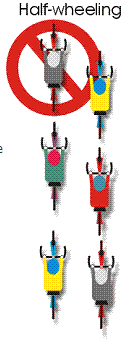

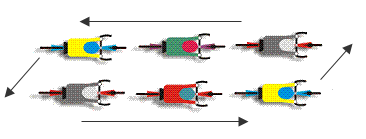
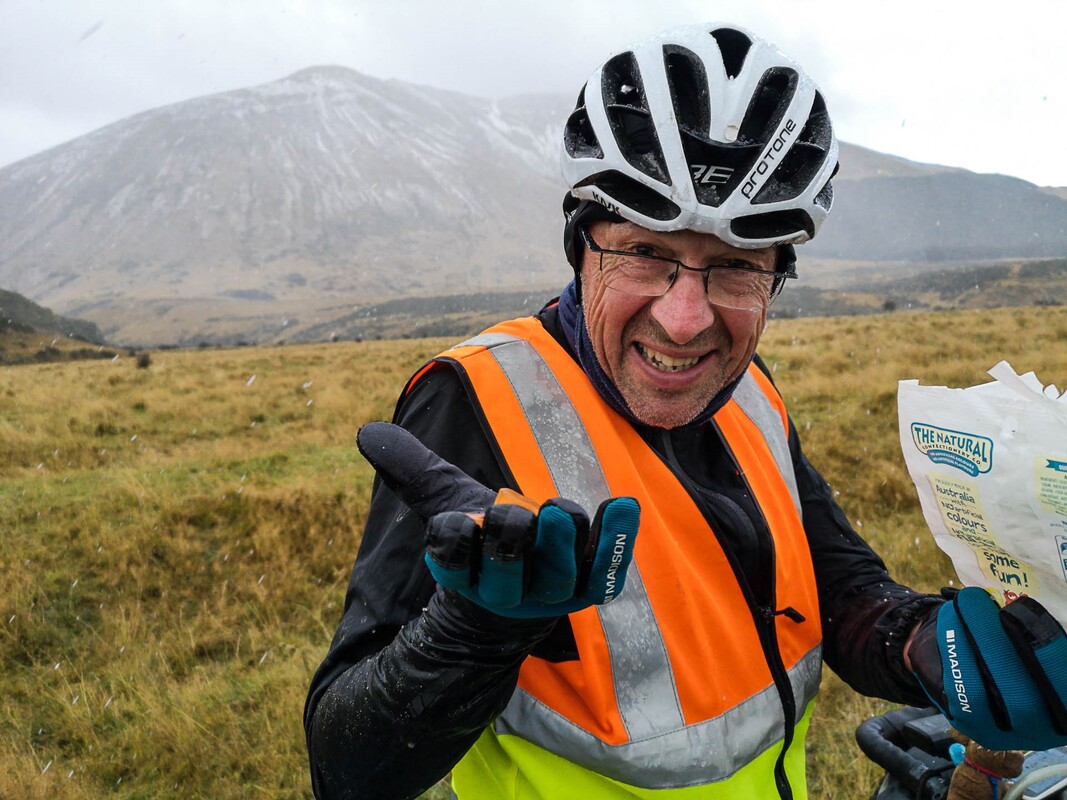
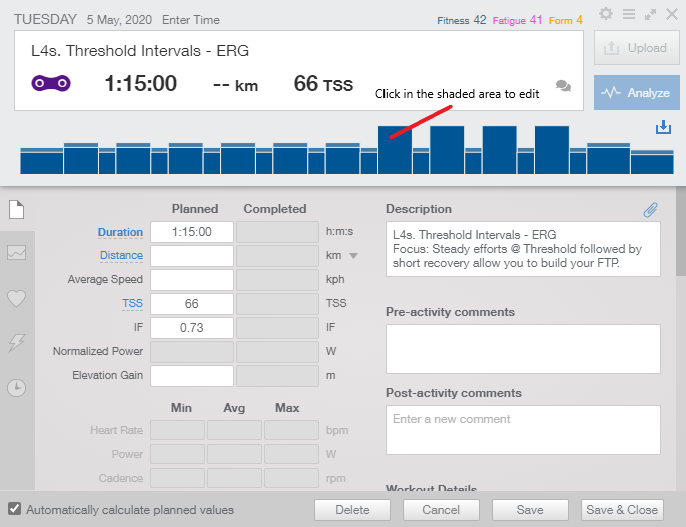
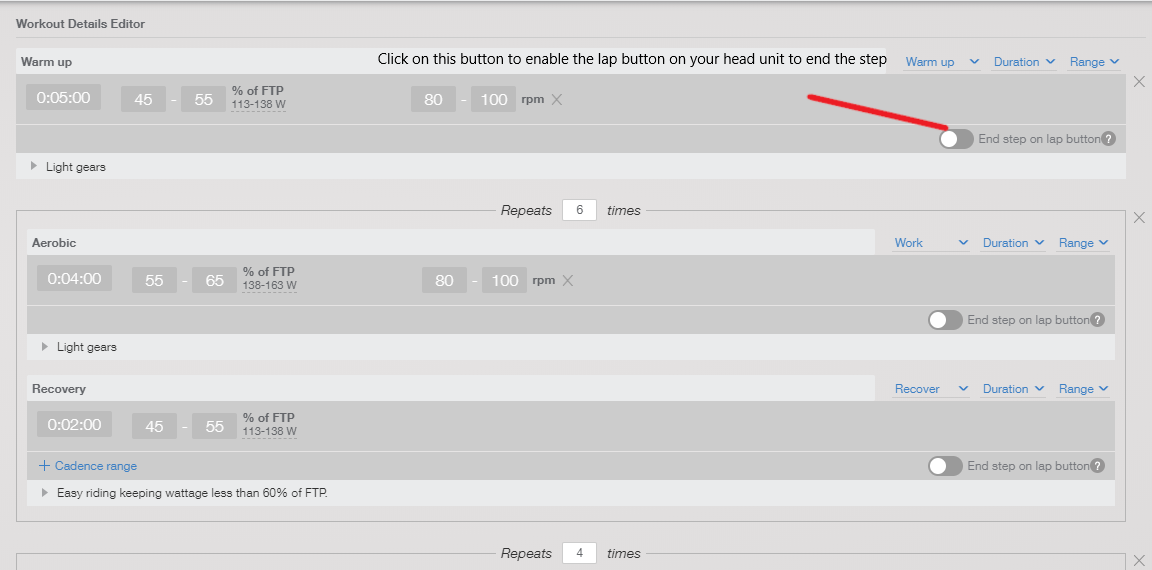
 RSS Feed
RSS Feed